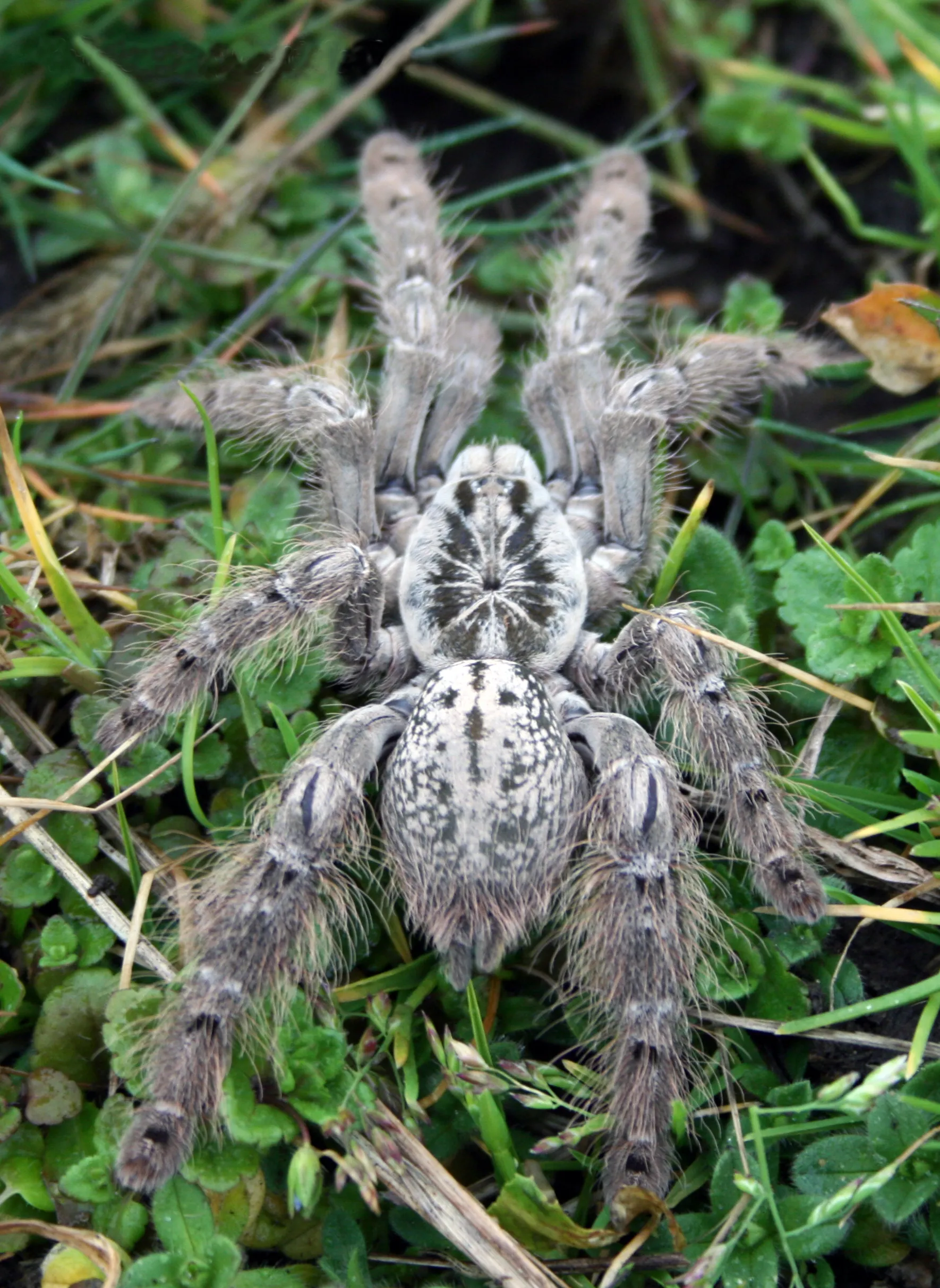The Mozambique baboon tarantula ( Pterinochilus murinus), a captivating arachnid, has garnered attention from both novice and experienced tarantula keepers. This striking species, native to the African continent, boasts a unique blend of beauty and intriguing behavior. This article delves into five amazing facts about the Mozambique baboon tarantula, offering insights into its characteristics, care, and what makes it a fascinating creature. Whether you’re a seasoned enthusiast or a curious beginner, prepare to be amazed by the world of this incredible spider!
Mozambique Baboon Tarantula Amazing Facts
Appearance and Characteristics
The Mozambique baboon tarantula is immediately recognizable due to its striking appearance. Its robust build and vibrant colors make it a visual standout in the tarantula world. The combination of its size, coloration, and overall structure contributes significantly to its allure, making it a sought-after species for many arachnid enthusiasts. These visual features not only help in identification but also offer a glimpse into the tarantula’s adaptation to its natural environment and its role within its ecosystem. Understanding these characteristics provides a solid foundation for both appreciating and caring for this magnificent creature.
Size and Physical Features
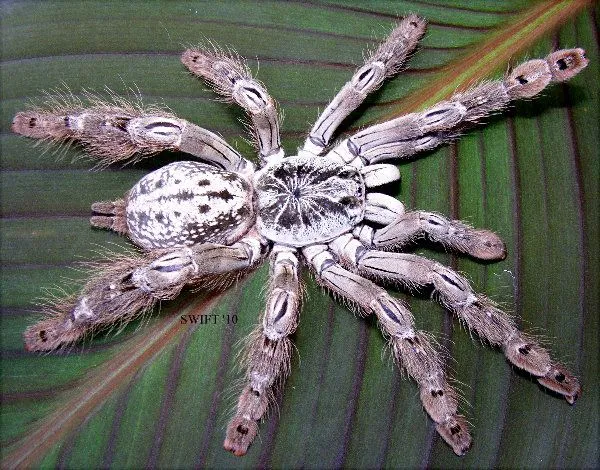
The Mozambique baboon tarantula is a medium-sized tarantula, with a leg span that typically ranges from 4 to 6 inches. Its body is covered in dense hairs, providing both sensory input and a protective layer. The overall size and build of the tarantula reflect its lifestyle, allowing it to navigate its environment effectively and hunt for prey. The sturdy legs are adapted for both climbing and burrowing, while the body shape contributes to its agility and speed. This physical structure plays a crucial role in the tarantula’s survival, influencing everything from its hunting strategies to its ability to evade predators.
Coloration and Markings
One of the most striking features of the Mozambique baboon tarantula is its vibrant coloration. The base color of the tarantula varies from orange to reddish-brown, often complemented by darker markings on its legs and carapace. These colors can intensify or change slightly depending on the tarantula’s age, molt cycle, and overall health. The specific patterns and shades offer camouflage within its natural habitat and may play a role in attracting mates or warning off potential predators. Understanding these variations adds another layer of fascination for anyone interested in the unique characteristics of this tarantula.
Habitat and Distribution
Understanding the Mozambique baboon tarantula’s natural habitat is essential for providing optimal care in captivity. The environment profoundly influences the tarantula’s behavior, health, and overall well-being. Replicating these conditions, as closely as possible, is key to the long-term health and happiness of your pet. The specific details of its environment highlight the species’ resilience and adaptability.
Natural Environment
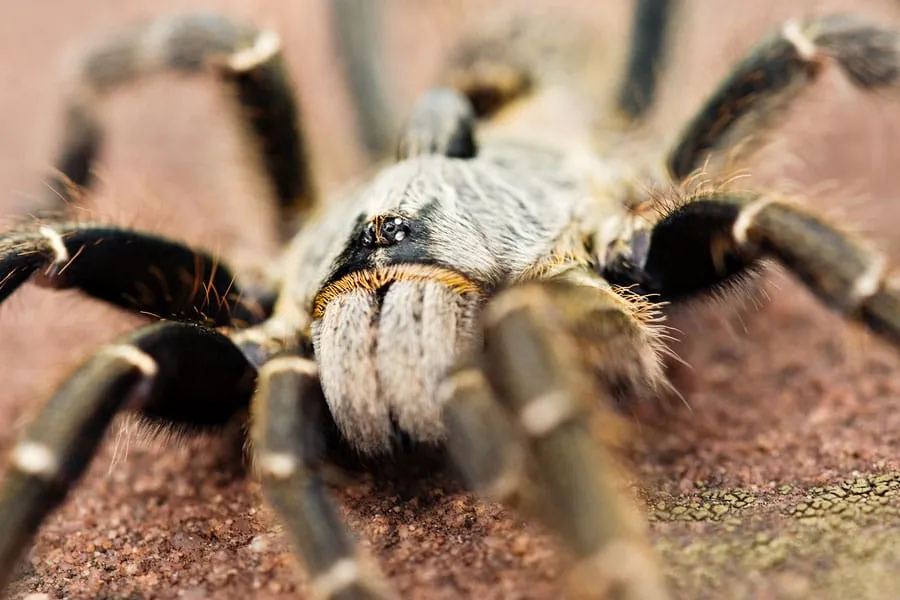
In the wild, the Mozambique baboon tarantula thrives in a range of habitats, including savannahs, grasslands, and scrublands. These environments are typically characterized by warm temperatures and moderate humidity levels. The tarantula often seeks shelter in burrows, under rocks, or beneath the bark of trees. The availability of suitable hiding places is crucial for both protection from predators and successful hunting. The specific microclimates within these habitats also play a significant role in regulating the tarantula’s body temperature and hydration.
Geographical Range
As its name suggests, the Mozambique baboon tarantula is native to the African continent, specifically found in Mozambique and other surrounding countries, including Angola and Tanzania. This species has adapted to the unique environmental conditions of these regions, influencing its behaviors and survival strategies. The geographic range highlights the tarantula’s resilience and its ability to colonize various environments. The availability of resources, such as prey and suitable habitats, plays a critical role in maintaining a healthy population within its natural range.
Diet and Feeding Habits
The feeding habits of the Mozambique baboon tarantula offer fascinating insights into its predatory behavior and its role within the ecosystem. Understanding its dietary preferences, hunting strategies, and nutritional requirements is essential for providing appropriate care in captivity. The tarantula is an opportunistic predator, actively seeking out a variety of prey. The effectiveness of its hunting skills directly affects its overall health and vitality.
Prey and Feeding Frequency
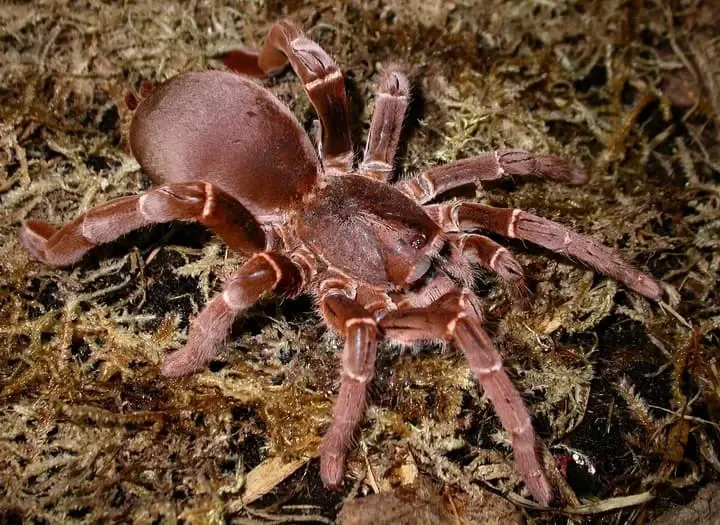
The Mozambique baboon tarantula primarily feeds on insects, such as crickets, roaches, and mealworms. The specific prey items in its diet can vary depending on availability within its habitat. In captivity, a varied diet is recommended to ensure adequate nutrition. The frequency of feeding depends on the tarantula’s size, age, and metabolism, with juveniles requiring more frequent meals. Overfeeding should be avoided to prevent health issues. The tarantula’s feeding behavior is a clear indicator of its health, with any changes in appetite or feeding habits warranting close observation.
Hunting Strategies
The Mozambique baboon tarantula is an ambush predator, relying on its speed and stealth to capture prey. It often hides in its burrow or under cover, waiting for an unsuspecting insect to pass by. When prey comes within striking distance, the tarantula quickly pounces, injecting venom to immobilize its target. After subduing the prey, it uses its chelicerae (fangs) to tear it apart. The tarantula’s hunting behavior is a testament to its adaptation to its environment. This combination of ambush tactics and potent venom makes it a successful predator.
Behavioral Traits
The Mozambique baboon tarantula exhibits a range of behaviors that provide valuable insights into its personality and survival strategies. Observing these behaviors provides a deeper understanding of the tarantula’s unique nature, its adaptations to its environment, and its interactions with its surroundings. This species, like all tarantulas, has evolved specific traits that have allowed it to thrive in its natural habitat and which, when understood, can help provide excellent care in captivity.
Temperament and Defensive Behaviors
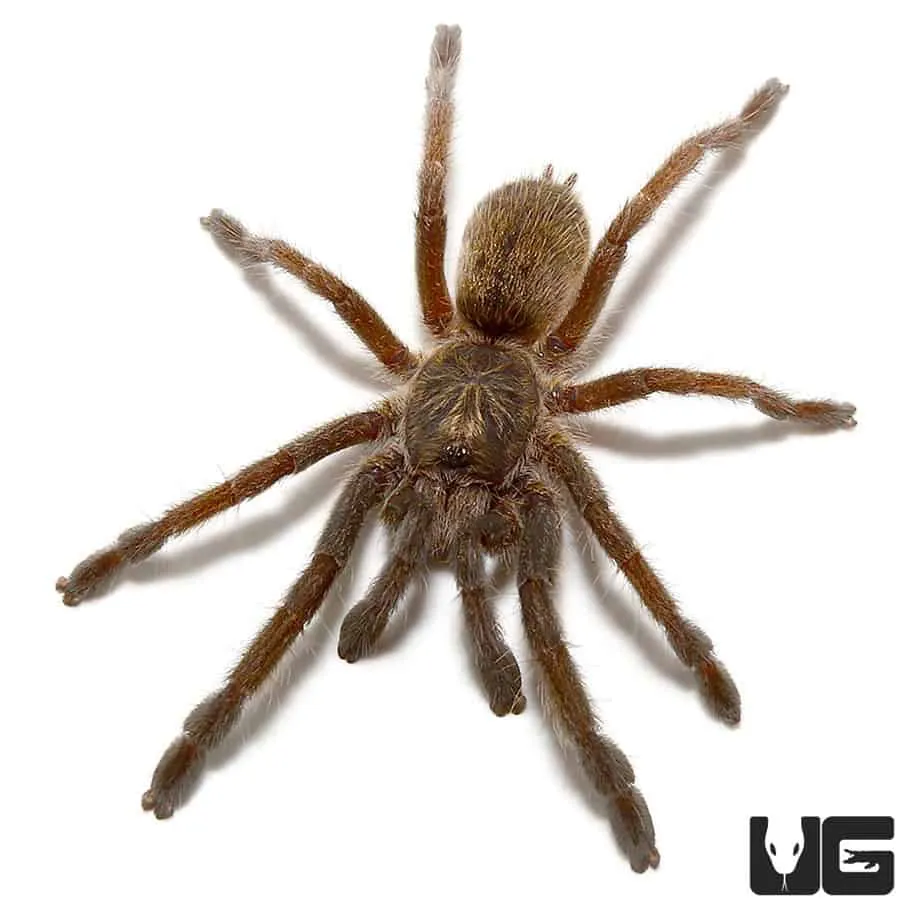
The Mozambique baboon tarantula is known for its defensive nature and can be quite skittish. When threatened, it may display several defensive behaviors, including raising its front legs, displaying its fangs, and flicking urticating hairs. These hairs can cause irritation upon contact with skin or eyes. The temperament of a tarantula can vary from individual to individual, but this species is generally considered to be a more defensive one. Understanding these behaviors is essential for safe handling and care. The defensive mechanisms of the tarantula are crucial for self-preservation.
Burrowing and Hiding
Burrowing is a common behavior of the Mozambique baboon tarantula, particularly during molting or when seeking shelter. In its natural habitat, the tarantula excavates burrows in the soil or utilizes existing crevices and shelters. These burrows provide protection from predators, extreme weather conditions, and a safe space for molting. In captivity, providing suitable substrate and hiding places encourages natural behaviors and enhances the tarantula’s overall well-being. The burrowing behavior demonstrates its adaptability and instincts.
Lifespan and Reproduction
The lifespan and reproductive cycle of the Mozambique baboon tarantula are essential aspects of its biology. Understanding these factors provides a comprehensive view of the tarantula’s life cycle. These elements are key in understanding the species’ long-term survival and its ability to propagate within its natural environment.
Mating and Egg Laying
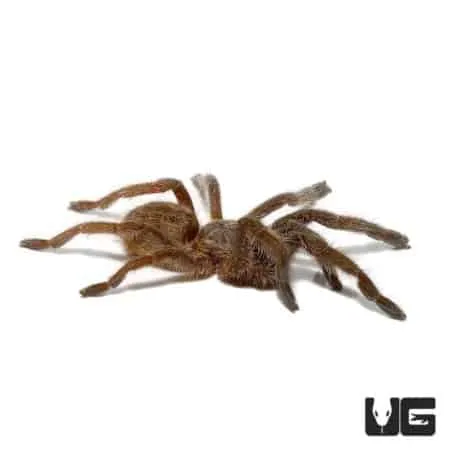
The mating process in Mozambique baboon tarantulas is a complex behavior. The male tarantula uses specialized structures on its pedipalps to transfer sperm to the female. Following successful mating, the female produces an egg sac, which she fiercely protects. The number of eggs within the sac can vary, and the female typically guards the eggs until they hatch. The entire process showcases the dedication and parental care of the female tarantula, ensuring the continuation of the species.
Lifespan in Captivity
The lifespan of a Mozambique baboon tarantula can vary depending on various factors, including sex, care, and environment. Generally, females live significantly longer than males. With proper care, females can live for 10 to 15 years, while males typically live for 3 to 5 years. Providing a suitable habitat, appropriate diet, and avoiding stressful situations are crucial factors in maximizing the lifespan of this remarkable species. Long lifespans in captivity often reflect optimal conditions.
Mozambique Baboon Tarantula Care
Caring for a Mozambique baboon tarantula can be a rewarding experience for any arachnid enthusiast. The key to success is providing a suitable environment that closely mimics its natural habitat. This includes proper enclosure setup, appropriate temperature and humidity levels, and a balanced diet. By understanding these factors, you can ensure that your tarantula thrives in captivity and leads a long, healthy life.
Enclosure Setup
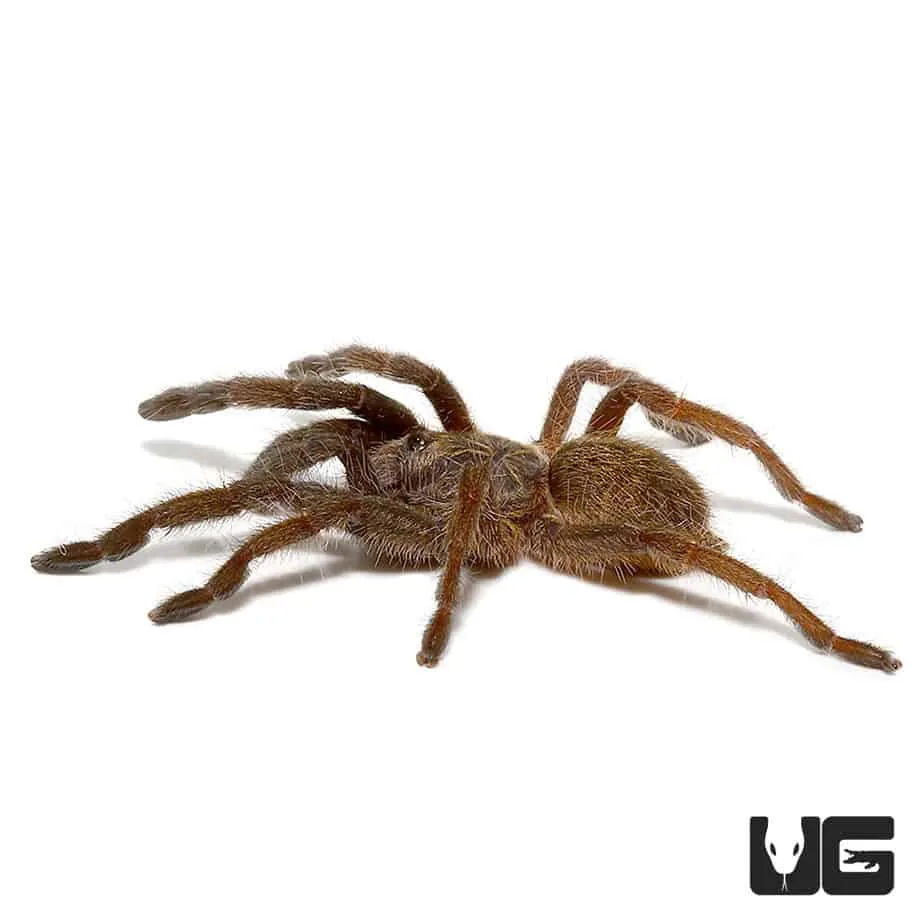
The enclosure is the tarantula’s home, and its setup directly impacts the tarantula’s well-being. A properly designed enclosure offers security, comfort, and the opportunity to exhibit natural behaviors. Careful consideration of the size, substrate, and essential features is crucial. The right setup not only meets the basic needs of the tarantula but also enriches its environment.
Tank Size and Substrate
The enclosure should be appropriately sized for the tarantula’s size. A good rule of thumb is to provide an enclosure that is at least twice the tarantula’s leg span in width and length, with enough height to allow for burrowing. The substrate should be deep enough to allow the tarantula to burrow. Suitable substrate options include a mix of peat moss, coconut fiber, and vermiculite, which helps to retain moisture and promotes burrowing. The choice of substrate is a key element in creating a comfortable and functional habitat. Correct substrate depth promotes natural behavior.
Temperature and Humidity
Maintaining the right temperature and humidity levels is essential for the Mozambique baboon tarantula’s health. The ideal temperature range is typically between 75 and 85 degrees Fahrenheit (24 to 29 degrees Celsius). A heat source, such as a heat mat or ceramic heat emitter, can be used to maintain the required temperature. Humidity levels should be kept between 60% and 70%. Regular misting, along with the use of a hygrometer to measure the humidity, ensures that the environment is appropriate. Proper temperature and humidity are essential for molting and overall well-being.
Feeding and Hydration
Providing the right diet and ensuring proper hydration are vital aspects of Mozambique baboon tarantula care. A balanced diet and access to fresh water will support the tarantula’s health, growth, and overall vitality. Proper feeding and hydration practices are essential for the tarantula’s health and well-being.
Watering and Diet
Offer a shallow water dish with fresh water at all times to allow the tarantula to hydrate. The diet should consist primarily of appropriately sized insects, such as crickets and roaches. The size of the prey should be no larger than the tarantula’s body. Feed juveniles more frequently (2–3 times a week), while adults can be fed every 1–2 weeks. Remove any uneaten prey within 24 hours to prevent stress on the tarantula. A varied diet is essential for optimal nutrition.
Supplementation
While not always necessary, supplementing the diet of your Mozambique baboon tarantula with vitamins and minerals can support overall health and well-being. Gut-loading feeder insects with calcium-rich supplements prior to feeding can provide essential nutrients. Commercial vitamin supplements can also be used. However, supplementation should be used with moderation, and over-supplementation should be avoided. Consult a veterinarian or experienced tarantula keeper for specific recommendations.
Handling and Safety
While the Mozambique baboon tarantula is a captivating species, it’s essential to approach handling with caution. Understanding the potential risks and adhering to safe handling practices will help to minimize the chances of harm to both you and your tarantula. Safety should always be the top priority when interacting with a Mozambique baboon tarantula.
Safe Handling Practices
Handling should be kept to a minimum, as it can stress the tarantula. If handling is necessary, do so with extreme caution. It’s best to handle this species over a soft surface, such as a bed or carpet, in case the tarantula falls. Avoid sudden movements, which can startle the tarantula and increase the chance of a bite. Wash your hands thoroughly before and after handling to avoid the transfer of any contaminants. The tarantula should be the only item of focus when handling.
Potential Risks
The Mozambique baboon tarantula, though fascinating, has the potential for biting. Their bite is painful but is typically not considered life-threatening to humans. They also possess urticating hairs, which can cause skin irritation. Avoid contact with these hairs by using tools when needed. Always be aware of the tarantula’s behavior and react accordingly. Keep a first-aid kit handy with antihistamines. Understanding the risks associated with this species is paramount to a safe and enjoyable experience.
In conclusion, the Mozambique baboon tarantula stands as a remarkable species. Its striking appearance, interesting behaviors, and relatively manageable care requirements make it an intriguing choice for both novice and experienced tarantula enthusiasts. By understanding its unique characteristics and providing the necessary care, you can enjoy the fascinating world of this extraordinary arachnid. Remember, responsible ownership and a genuine appreciation for this amazing creature are key to a rewarding experience. With proper care and respect, the Mozambique baboon tarantula can thrive, offering a captivating glimpse into the wonders of the natural world. This species is a beautiful addition to any collection.
